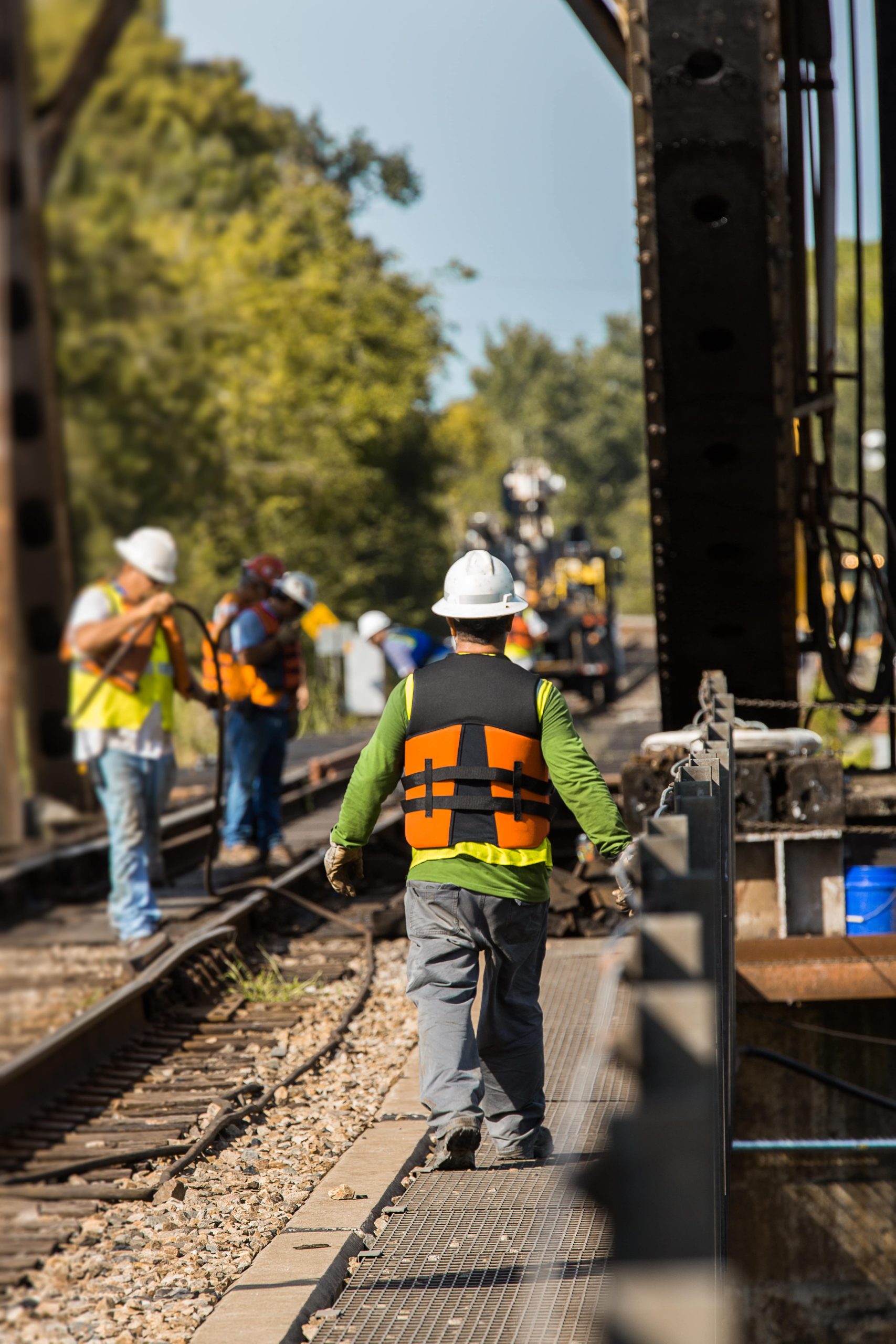Understanding the Railroad Cancer Settlement: A Comprehensive Overview
Railroad workers often face special occupational dangers due to direct exposure to hazardous chemicals, dust, and other conditions detrimental to their health. Among these concerns is the alarming correlation in between particular occupational direct exposures and an increased danger of cancer. This post intends to offer a useful overview of railroad cancer settlements, the elements that direct eligibility, and what affected workers can expect as they navigate this complicated legal surface.
What Is a Railroad Cancer Settlement?
A railroad cancer settlement refers to the payment awarded to railroad workers diagnosed with particular kinds of cancer due to direct exposure to toxic substances in the course of their employment. The claims frequently arise under the Federal Employers Liability Act (FELA), which permits railroad workers to sue their employers for negligence that leads to injury or illness.
Common Cancers Associated with Railroad Work
The following table outlines some of the cancers typically associated with railroad work and their associated exposure risks:
| Cancer Type | Exposure Risks |
|---|---|
| Lung Cancer | Asbestos, diesel exhaust, silica dust |
| Numerous Myeloma | Benzene, other hazardous chemicals |
| Bladder Cancer | Aniline dyes, benzidine, solvents |
| Non-Hodgkin Lymphoma | Pesticides, herbicides, carcinogenic materials |
| Leukemia | Benzene and other harmful compounds |
Aspects Affecting Railroad Cancer Claims
When pursuing a railroad cancer settlement, numerous factors come into play:
- Medical Documentation: Claimants must supply medical evidence linking their medical diagnosis to job-related exposures. This includes pathology reports and epidemiological research studies where applicable.
- Work History: A comprehensive account of the work history within the railroad industry can strengthen a claim. This includes job descriptions, period of service, and exposure records.
- Chemical Exposure: Documentation and professional statement regarding direct exposure to known carcinogens in the workplace boost the viability of claims. Railroad Attorney Near Me and Material Safety Data Sheets (MSDS) might aid in this element.
- Employer Negligence: The law needs evidence that the employer's carelessness added to the worker's cancer diagnosis. This might involve showing that sufficient precaution were not taken or that the company failed to offer necessary protective devices.
- Statute of Limitations: Each state has differing timeframes within which a claim must be filed, known as the statute of restrictions. It's vital to submit claims immediately to guarantee eligibility.
The Role of Lawyers in Railroad Cancer Settlements
Offered the intricacy of railroad cancer claims, legal representation can considerably influence the outcome. An educated attorney specializing in railroad worker injuries will:
- Offer a thorough evaluation of the case.
- Help gather important evidence.
- Supporter for the worker's rights in settlement negotiations.
- Enhance the likelihood of securing deserved compensation.
Advantages of a Settlement
Settlements can provide important financial support to workers fighting cancer. Some benefits consist of:
- Coverage of medical expenditures
- Compensation for lost earnings
- Advantages for pain and suffering
- Future care considerations
Frequently Asked Questions (FAQ)
Q1: What cancers are compensable under railroad settlements?
A1: Workers may be eligible for compensation for cancers like lung cancer, bladder cancer, multiple myeloma, and non-Hodgkin lymphoma, to name a few, if they can show direct exposure to understood carcinogens.
Q2: How long do I need to file a claim after a cancer medical diagnosis?
A2: The statute of restrictions varies by state. It's necessary to speak with a legal specialist right away after diagnosis to make sure timely filing.
Q3: Can I still file a claim if my employer no longer exists?
A3: Yes, claims can still be filed against the railroad business even if they've failed, as certain liabilities may move to follower business or be covered by insurance.
Q4: What sort of evidence is needed for a claim?
A4: Claimants need medical records indicating the diagnosis, paperwork of employment history, details on chemical direct exposure, and proof of employer negligence.
Q5: Is there a limitation to just how much I can get in a settlement?
A5: While there is no set cap on settlements, the amount awarded typically depends on the seriousness of the diagnosis, lost incomes, and other damages incurred.
Steps to Take If Diagnosed with Cancer
- Look For Medical Attention: First and foremost, get the required treatment and treatment.
- Document Everything: Keep thorough records of your medical diagnosis, treatment, and any pertinent work history.
- Consult an Attorney: Find a lawyer concentrating on railroad injury declares to evaluate your case and guide you through the legal procedure.
- File a Claim: Work with your attorney to file the claim quickly to avoid missing the statute of constraints.
- Prepare for Negotiation: Engage in settlement discussions with your employer or their insurance provider, guided by your legal representation.
Railroad cancer settlements represent a crucial means for affected workers to seek justice and payment for their occupational direct exposure to damaging substances. Understanding the nuances of claims, the importance of legal knowledge, and the kinds of cancers that may arise from such exposure can empower workers in their defend recommendation and support. It is critical that railroad staff members remain watchful about their health and familiar with their rights as they navigate the typically complex legal landscape surrounding occupational diseases.

